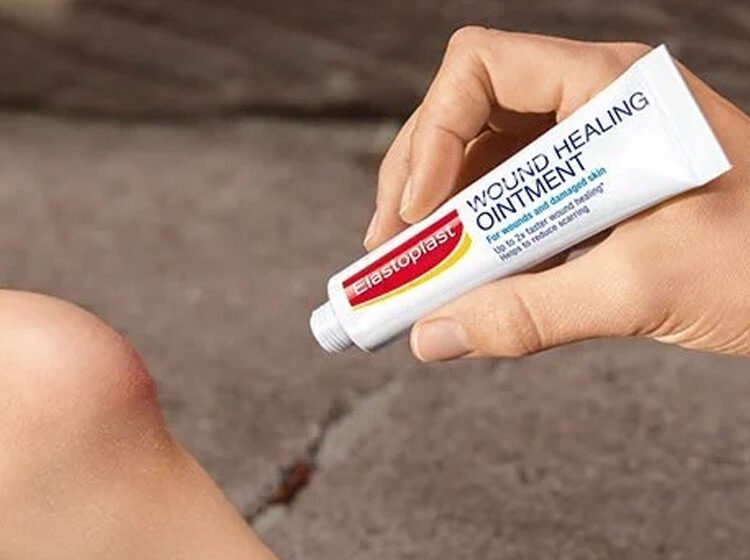Introduction
Root canal procedures can be associated with discomfort due to the deep cleaning of the tooth root. While some pain is expected after this major dental procedure, it is crucial to know how to manage and assess the pain levels. This article aims to provide insights into the post-root canal pain experience and offer guidance on when to seek help for effective pain relief.
The Initial Recovery Period
Traditionally, root canals were known to be painful, which often deterred individuals from undergoing the procedure. However, advancements in dentistry have introduced pain-relieving measures to minimize discomfort during the process. Dentists now administer local anesthetics to alleviate pain, ensuring that patients only experience pressure rather than actual pain during the procedure.
After the root canal, as the effects of the anesthetic wear off, mild pain and sensitivity may arise. These sensations are attributed to the cleaning process, which involves removing the diseased pulp from the pulp chamber. While this discomfort is temporary, lasting only a few days, over-the-counter pain medications such as acetaminophen (Tylenol) or ibuprofen (Advil, Motrin IB) can provide relief.
Monitoring and Seeking Help
During the recovery period, it is essential to monitor the pain levels closely. In most cases, the pain should gradually decrease over time. However, if pain persists or swelling occurs, it is advisable to consult your dentist. Additional cleaning sessions or further treatment may be necessary for successful recovery. Recurring pain can indicate underlying issues that require attention.
If over-the-counter pain medications do not alleviate the pain, your dentist might prescribe stronger alternatives such as prescription-strength ibuprofen or narcotic pain relievers. It is important to note that these medications should only be taken on a temporary basis.
Pain Management Strategies
Apart from medication, there are various pain management strategies you can employ to alleviate root canal pain. Taking care of your oral hygiene is crucial, and it is recommended to avoid hard and crunchy foods until the pain subsides. Quitting smoking can also contribute to pain relief and improve overall oral health.
Engaging in stress-relieving activities like meditation, yoga, or tai chi can help distract from the pain and promote relaxation.
Outlook and Oral Health Tips
A successful root canal may result in mild pain for a few days, but this discomfort is temporary. Practicing good oral hygiene, including regular brushing and flossing, is essential to aid in the healing process. It is advisable to schedule follow-up appointments with your dentist if the pain persists beyond three days.
Choosing a root canal over tooth extraction offers significant advantages. According to the American Association of Endodontists, individuals who opt for root canals are six times more likely to be pain-free compared to those who choose extraction. To maintain oral health and prolong the lifespan of your newly treated tooth, follow these tips:
- Avoid consuming overly hard foods, especially immediately after a root canal.
- Brush your teeth at least twice a day using gentle circular motions, paying special attention to the treated tooth.
- Floss daily to prevent future infections.
- Reduce the intake of sugary foods and beverages.
- Schedule regular dental cleanings to maintain healthy teeth and prevent infections.
Conclusion Understanding the post-root canal pain experience is essential for effective pain management and a successful recovery. By closely monitoring your pain levels and seeking professional help when needed, you can ensure a smoother healing process. Additionally, following good oral hygiene practices and adopting healthy lifestyle habits will contribute to long-term oral health and minimize the need for further dental interventions.






